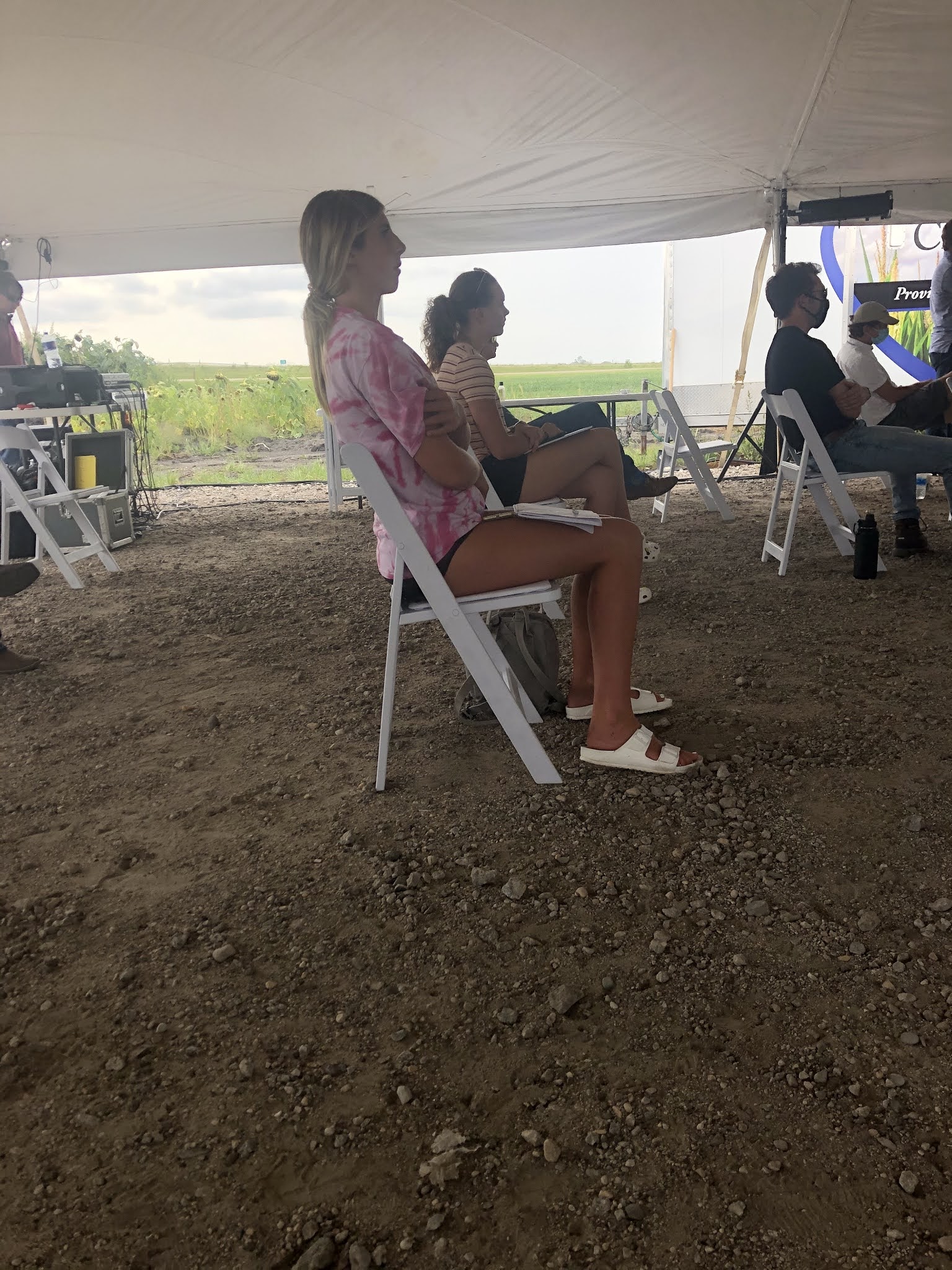STEM-In-Action Fall Follow-Up: CO2
It's Friday and you know what that means? Another opportunity to see what our stellar STEM-In-Action grant recipient teams are up to this Fall. In case you're new to eCYBERMISSION and don't know much about this grant opportunity, the U.S. Army Educational Outreach Program (AEOP) STEM-In-Action Grant awards eCYBERMISSION teams up to $5,000 to develop their projects into mature and scalable solutions in their community. Normally, we award this honorary grant to five teams, but this year ten teams took home the prestigious award. This week, we're headed to the wild West to see what CO2 have been doing to make their West Fargo community a better place to live.
--
We are team CO2 from West Fargo, ND. Our team members are comprised of four 8th graders (Emma, Alexa, Kaitlyn, and Sullivan), and we currently attend Liberty Middle School. The concept for this project originated with Kaitlyn and Emma who worked together on a project earlier in the 7th grade focusing on the effects of carbon dioxide in our atmosphere. Together we came up with a solution to help reduce or collect carbon dioxide in our environment. This project inspired us to expand our focus to climate change and pursue eCybermission to test out our ideas.
Creating our eCyber team, started with Emma and Kaitlyn finding additional team members by doing a survey regarding commitment to the project, what strengths they could bring to the team, and their interest in the topic of climate change. Afterwards it was apparent that our two new teammates would be Sullivan and Alexa. Our team was finally complete, and everyone couldn’t have been more excited to get started!
After further research our team settled on improving the following issue found in our community regarding eutrophication, also known as having too many nutrients in lakes from increasing amounts of phosphorus runoff which was found in our area fertilizers. This results in algae blooms that impact the ecosystems in our area bodies of water.
Our solution came to fruition after talking with area experts at in the College of Engineering at North Dakota State University and our mentors. We created a biochar iron nano-particle filtration system, which in short is just our way of filtering phosphorus from farmland runoff. Our plan is to incorporate our prototype into the drain tile pipes located on area farmland within our community. This would allow us to filter out the phosphorus before the water carries it to other water sources like rivers or lakes. We plan to do this by creating a permeable filter that is a circular shape, while also including a rim around the filter that fits snugly around the end of the pipe. This causes the water to filter through the materials before it exits the pipe itself.
Team CO2’s next steps are as follows: Finish conducting different test to ensure our materials are effective and safe for the environment. Once we have ensured our product is safe, we will work with Ellingson Drainage and test our design in the drain tile at Grand Farms in Horace, ND. COVID restrictions, have proven to be a hinderance to our progress since getting into College of Engineering NDSU’s labs have proven to be difficult. We have been able to make some progress on our lab testing with the help of our mentors.
We have attended many kinds of events, including some at Emerging Prairie's Grand Farms. We were able to learn about different Ag Tech companies in our community, while explaining our project to others in the field. An added bonus was hearing how other Ag companies use the EDP and such to innovate in their field. The currently company we enjoyed learning about and that stood out to use has been Ellingson Drainage, which is a drain tile company based in our community. This company is one we are proud to start partnering with and they are equally excited to see how we can collaborate.
Our team plans to use our STEM -In-Action grant money to host an educational/informational event, cover travel costs to different farms in our community, conduct different studies at North Dakota State University, most importantly use the funds to help create different iterations of our prototype. Until next time this is Team CO2 from West Fargo, ND.
--
We may sound like a broken record at this point, but we still cannot believe the amazing feats and accomplishments these STEM students achieve. We cannot wait to catch up with CO2 in the Spring to see the progress they will have made.
-Mission Control
Colleen Minan
AEOP Communications & Marketing Specialist
cminan@nsta.org





Comments
Post a Comment
We welcome your comments and expect that our conversation will follow the general rules of respectful civil discourse. This is a moderated blog, and we will only post comments from bloggers over 13 years of age that relate to eCYBERMISSION. We will review comments for posting within one business day. Bloggers are fully responsible for everything that they submit in their comments, and all posted comments are in the public domain. We do not discriminate against any views, but we reserve the right not to post comments.